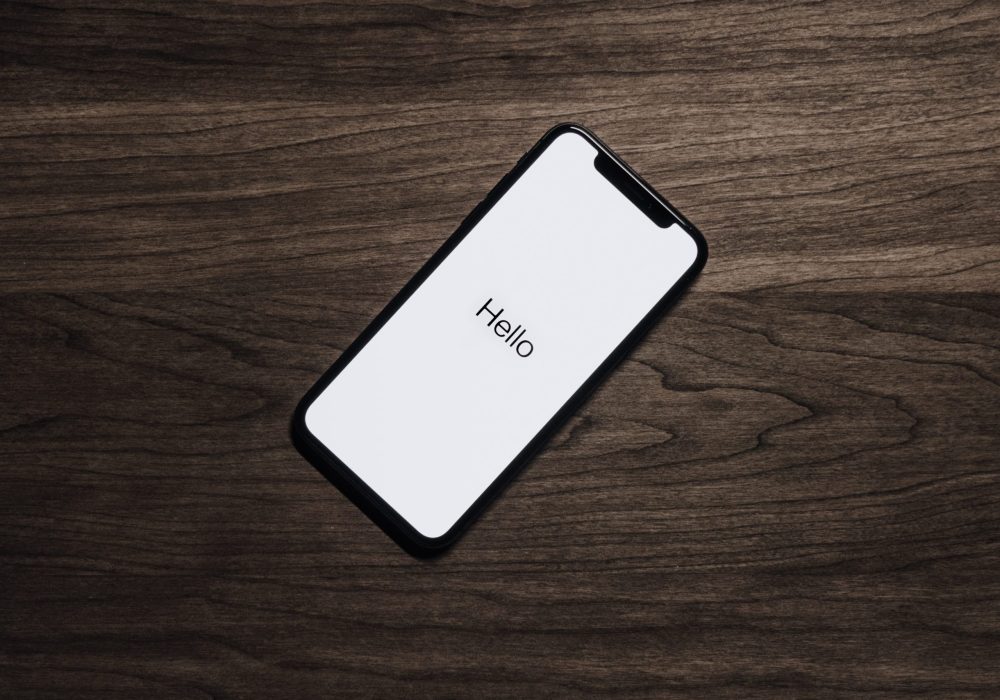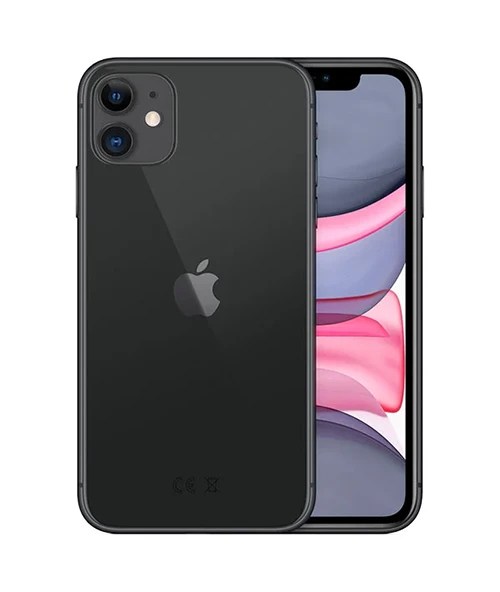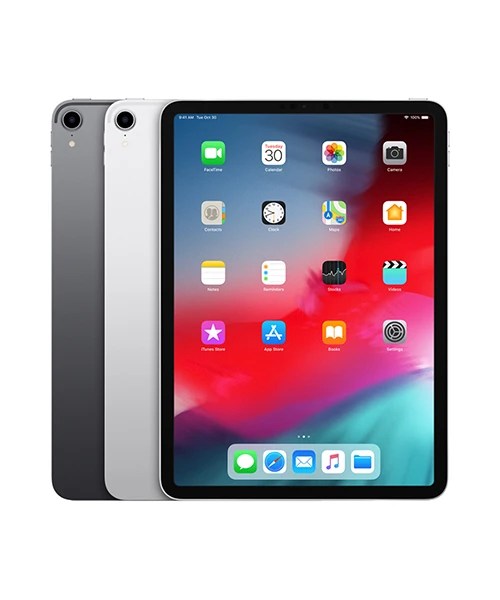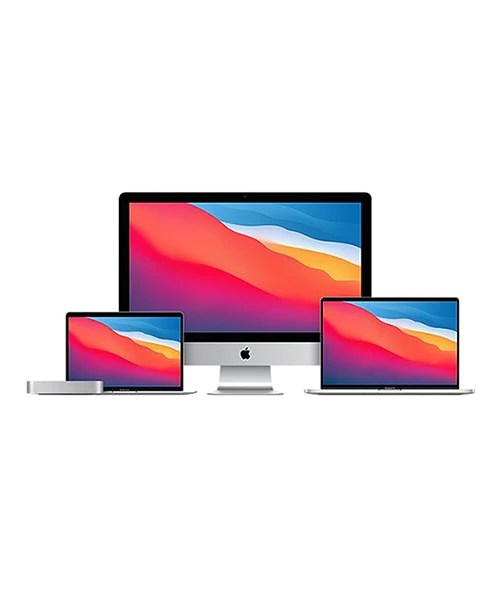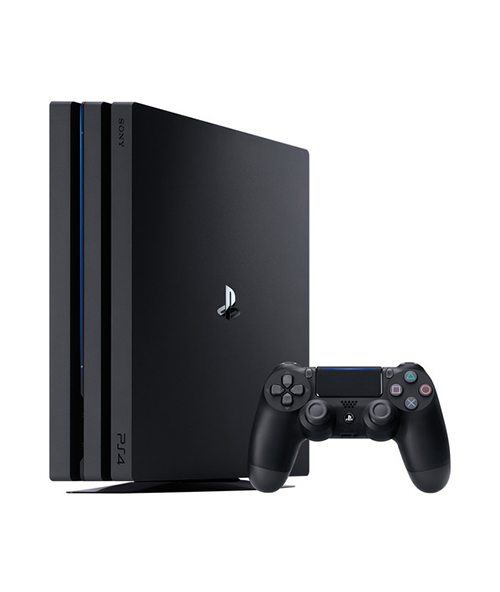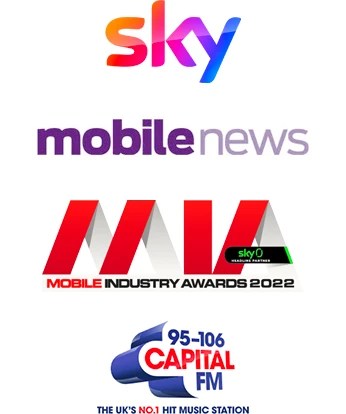Upcoming launches from Apple are starting to be speculated and there’s a lot to look forward to. Mirroring previous launches, such as the iPhone 11, Apple will be releasing three devices as part of the iPhone 12 range; the iPhone 12, iPhone 12 Pro and iPhone 12 Pro Max. Keeping it nice and simple, good start right? The real excitement of this launch comes with the groundbreaking additions made to the interior of the iPhone 12 range. Keep reading as we review these specifications.
Internal Specifications
As with the newly released iPad Pro, a LiDAR scanner is likely to be introduced with the iPhone 12. LiDAR stands for Light Detection and Ranging. This scanner will measure the time taken by a light source to reach an object and reflect back, ranging up to five metres. This technology can give a real kickstart to augmented reality (AR), which will be used in the latest games and tools. AR is expected to be heavily featured in the release.
With every annual launch of the new iPhone, the camera is always talked about. In this instance, it’s no different, although integrating 3D into the camera may turn some heads. Using this technology reaps the benefits of its existing features, for example, this will improve the portrait mode dramatically and links with AR nicely.
The Touch ID is also heavily rumoured to be added to the iPhone, including the Face ID. If true, this will bring a huge positive as an added security feature, as well as convenience to unlock your iPhone using either method.
The RAM size on the iPhone 12 Pro is rumoured to be 6GB too, which in itself is a 50% increase when compared to the iPhone 11 Pro. With the RAM that powerful, we can’t imagine much slowing down this smartphone.
Cosmetic Design
The exterior of the phone will have some cosmetic changes. The first one to mention would be the colour change. The iPhone 11 Pro was showcased in a midnight green, but for the iPhone 12 Pro a navy blue colour will be used instead. A minor detail, but the colour does give the phone a slick finish. The iPhone 12 will also be up to 10% slimmer than the previous iPhone 11. Although this has obvious positives, we hope Apple doesn’t compensate on battery life because of this, as having a slimmer phone could mean having a slimmer battery.
The most certain feature that will be added to the iPhone 12 range will be the introduction of 5G. Having a future-proof smartphone that will support the fastest network speeds possible is a huge positive in itself, but it gets better. With the 5G improvement, significant price rises were rumoured. Multiple sources have confirmed that prices for the iPhone 12 range will be similar to past release date prices. Despite these iPhone prices staying put and easing some worries, Apple will be slashing prices on their trade-ins. Ultimately, this means that if you’re looking to upgrade your device using Apple directly, you’ll have to pay more money on top to get your hands on the latest phone.
Pricing
Looking at Apple’s decision to cut trade-in prices, the better option to upgrade your phone may be to trade your device in elsewhere. Here at The iOutlet, we are competitive on our prices with the leading mobile phone recycling companies, and issue fast payment as well as keeping the customer informed through the process. We understand in this market, as well as during these difficult times, you want the most for your money with no stress so make sure you check out our trade-in prices before settling for Apple’s reduced prices.
With the annual release of the newest iPhone model, we often see the same pattern with refurbished products. We see a trend of the average customer upgrading their Apple device in 2-3 years; the bigger Apple enthusiast, the shorter upgrade time. This will mean that many customers will soon look to trade in their existing device, which would now normally be the start of the iPhone X range. Phones such as the iPhone XR, XS and so on. However, with the gloom of COVID-19, it’ll be interesting to see how things develop this year. Will customers hold on to their existing phone a little longer, or will customers upgrade but to maybe an iPhone 11 for example instead of the iPhone 12? With these doubts, we predict the same sort of pattern as in previous years, just maybe in slightly fewer numbers. This is why we believe Apple has to pull out all the stops to entice customers to upgrade; and with the iPhone 12 range, plus the features alongside it, I think they might just win the public over.





